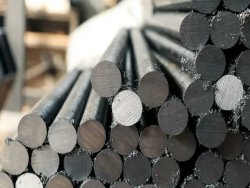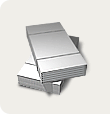A new report from Belgian NGO Shipbreaking, Belgian think tank Sandbag and Tuscia University highlights that Europe's transition to low-carbon steel is largely dependent on the availability of high-quality ferrous scrap. While the EU already recycles large volumes of steel, pollution levels, regulatory restrictions and market dynamics limit access to the clean scrap needed to produce premium flat products. One of the most significant untapped opportunities is ship recycling, which could supply 10-15 million tonnes of high-purity scrap annually, but only if system barriers are removed.
Scrap quality determines steel decarbonization path in Europe
Steel is the most recycled material in the EU, with ferrous scrap already at the center, according to study place in emission reduction strategies. However, the purity of scrap is increasingly limited by contamination from stray elements, especially copper, tin and chromium.
European scrap is classified into four quality levels, with only the highest grades suitable for high-quality flat steel used in the automotive industry or other demanding applications. Lower grades are largely limited to long products and structural steels. The increasing presence of coated products, electric motors, wire harnesses and household appliances in the waste stream is accelerating copper contamination, which is a major technical obstacle as copper cannot be removed during smelting and causes short circuits






